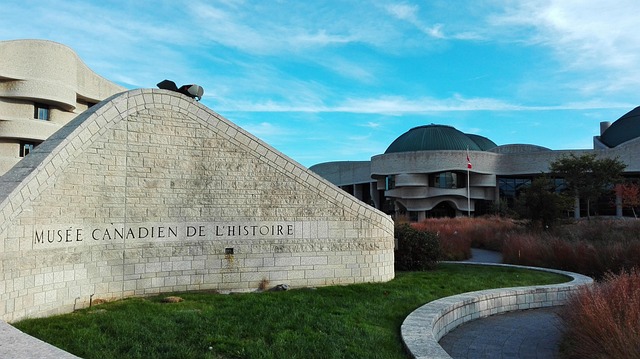Introduction to the CN Tower
The CN Tower stands tall at 553.3 meters, making it one of the tallest freestanding structures in the world. Situated in the heart of Toronto, Ontario, this iconic landmark serves not only as a remarkable architectural feat but also a symbol of Canadian pride. Completed in 1976, the tower attracts millions of visitors each year for its breathtaking views and rich history.
A Look Back in Time
The construction of the CN Tower began in 1973 and took only three years to complete. Originally conceived as a telecommunications tower, the CN Tower has played an essential role in improving the city’s communication infrastructure. In its early years, the tower served as a vital signal receiver, which greatly enhanced cable and radio broadcasting across the region.
The Tower Today
Today, the CN Tower is not just about telecommunications; it’s a premier tourist destination. Visitors from around the globe flock to its observation deck, where they can enjoy panoramic views of Toronto and beyond. The tower features the famous glass floor, where brave souls can stand over 300 meters above the ground. Dining options like the 360 Restaurant offer fine dining revolving views of the city.
Cultural and Economic Impact
Beyond its visual impact, the CN Tower significantly contributes to Toronto’s economy. As one of Canada’s most recognizable landmarks, it draws tourists, creating jobs and supporting local businesses. Additionally, the tower has been a backdrop for numerous TV shows and movies, further enhancing Toronto’s profile as a vibrant city.
Conclusion
The CN Tower is more than just a structure; it represents innovation and resilience in the face of challenges. As you stand beneath its towering presence or gaze from its heights, you are reminded of Toronto’s dynamic spirit. Whether you’re a visitor or a local, the CN Tower continues to leave a lasting impression, celebrating everything that makes Canada unique.

